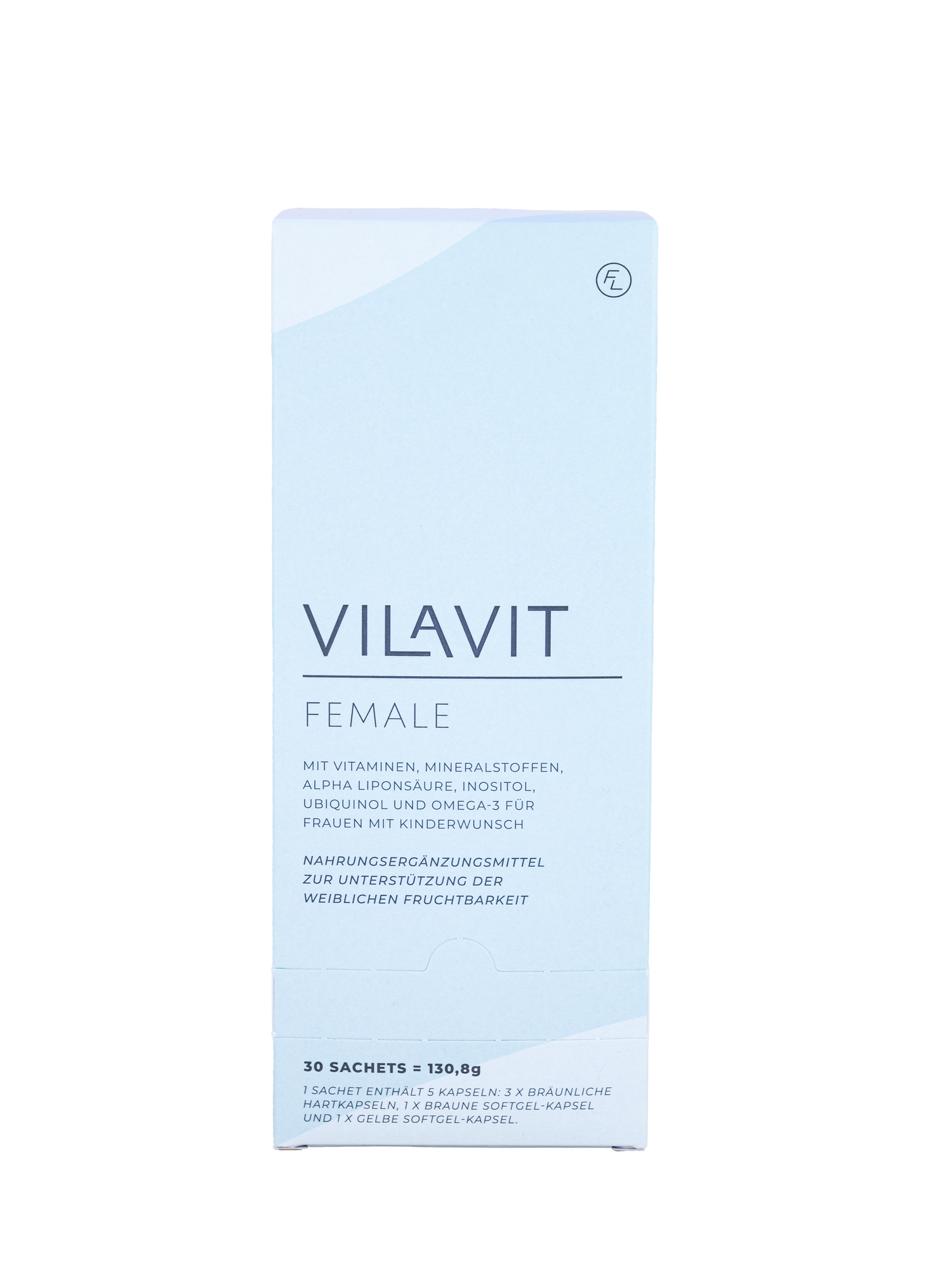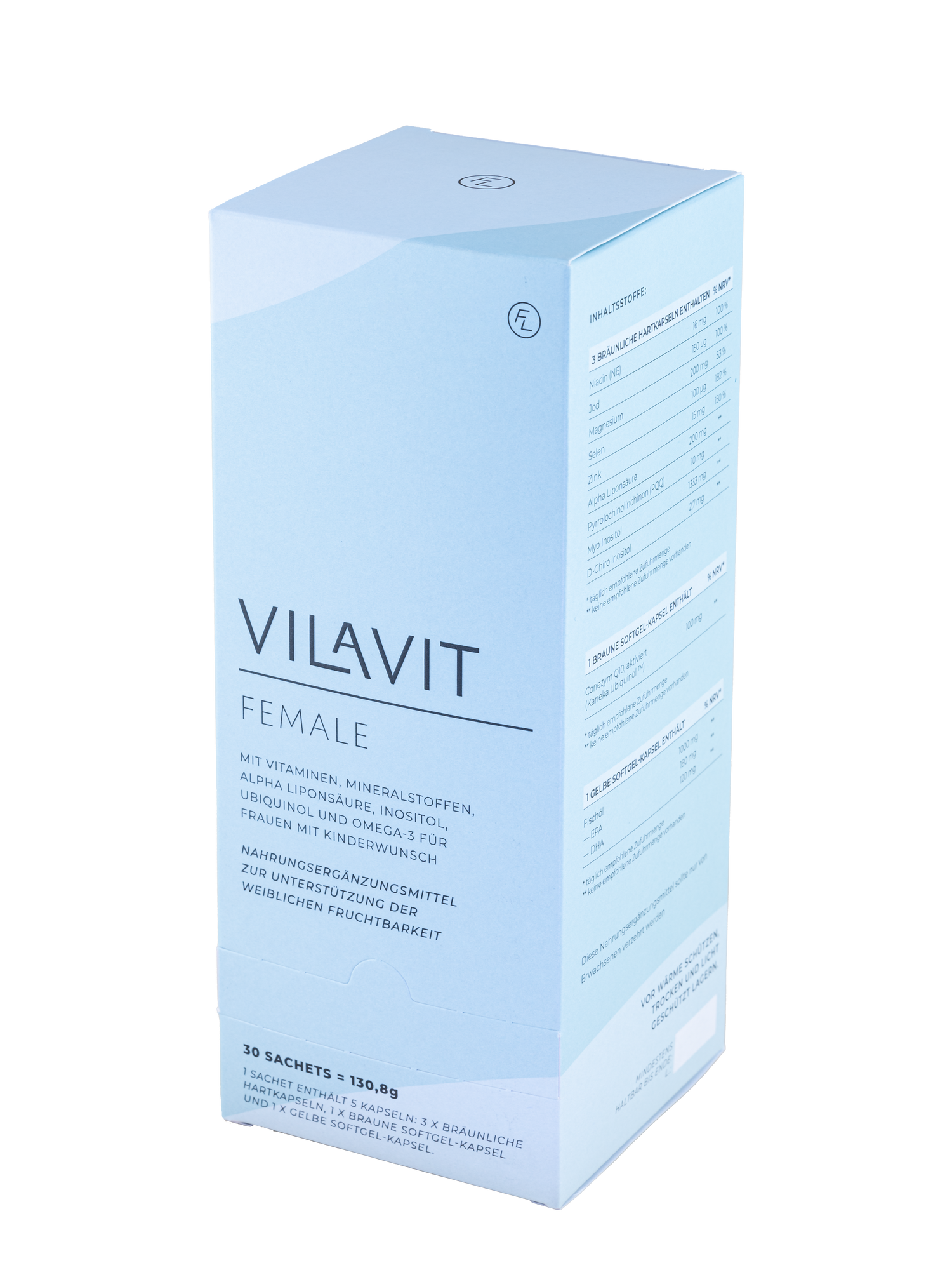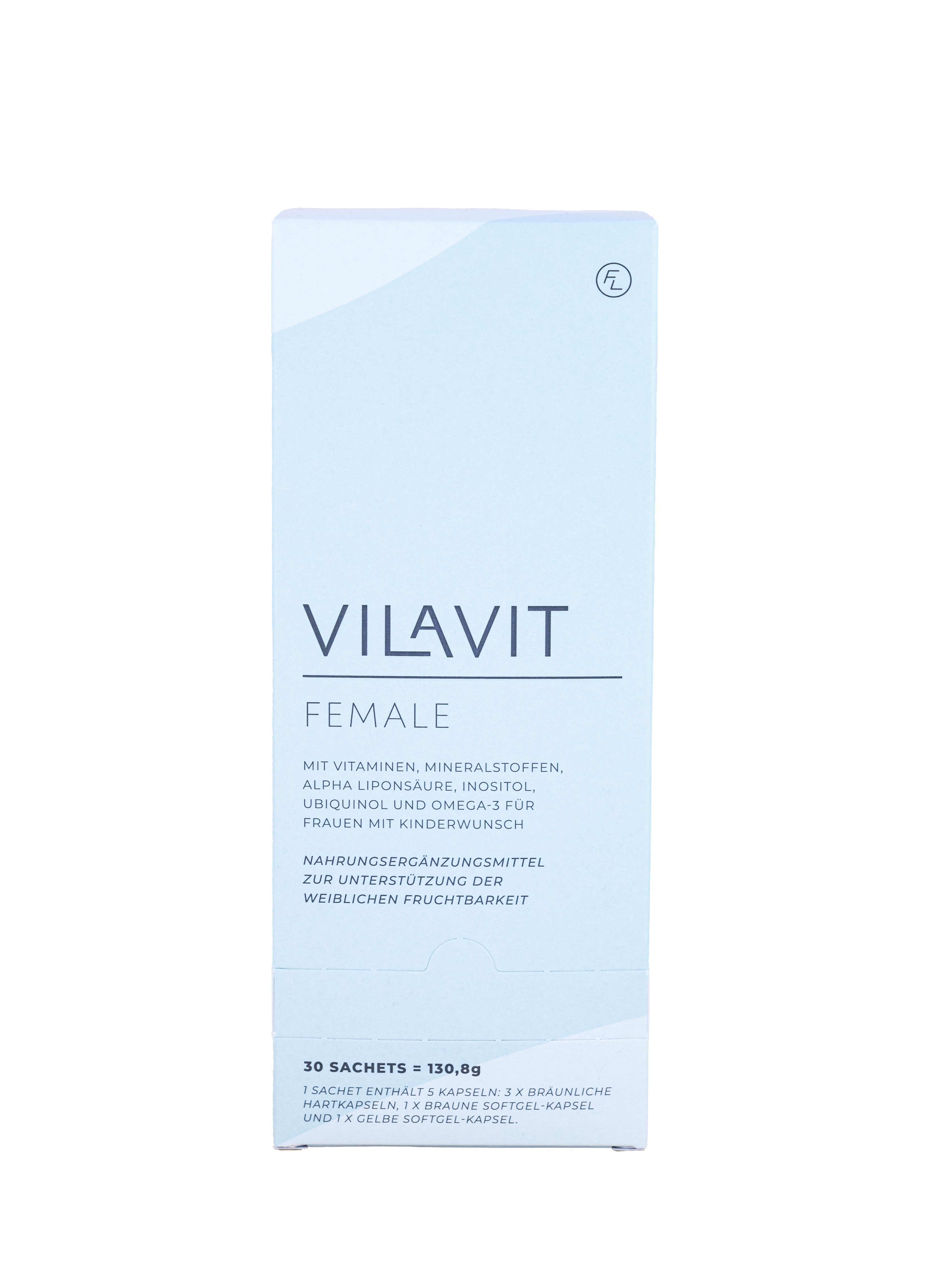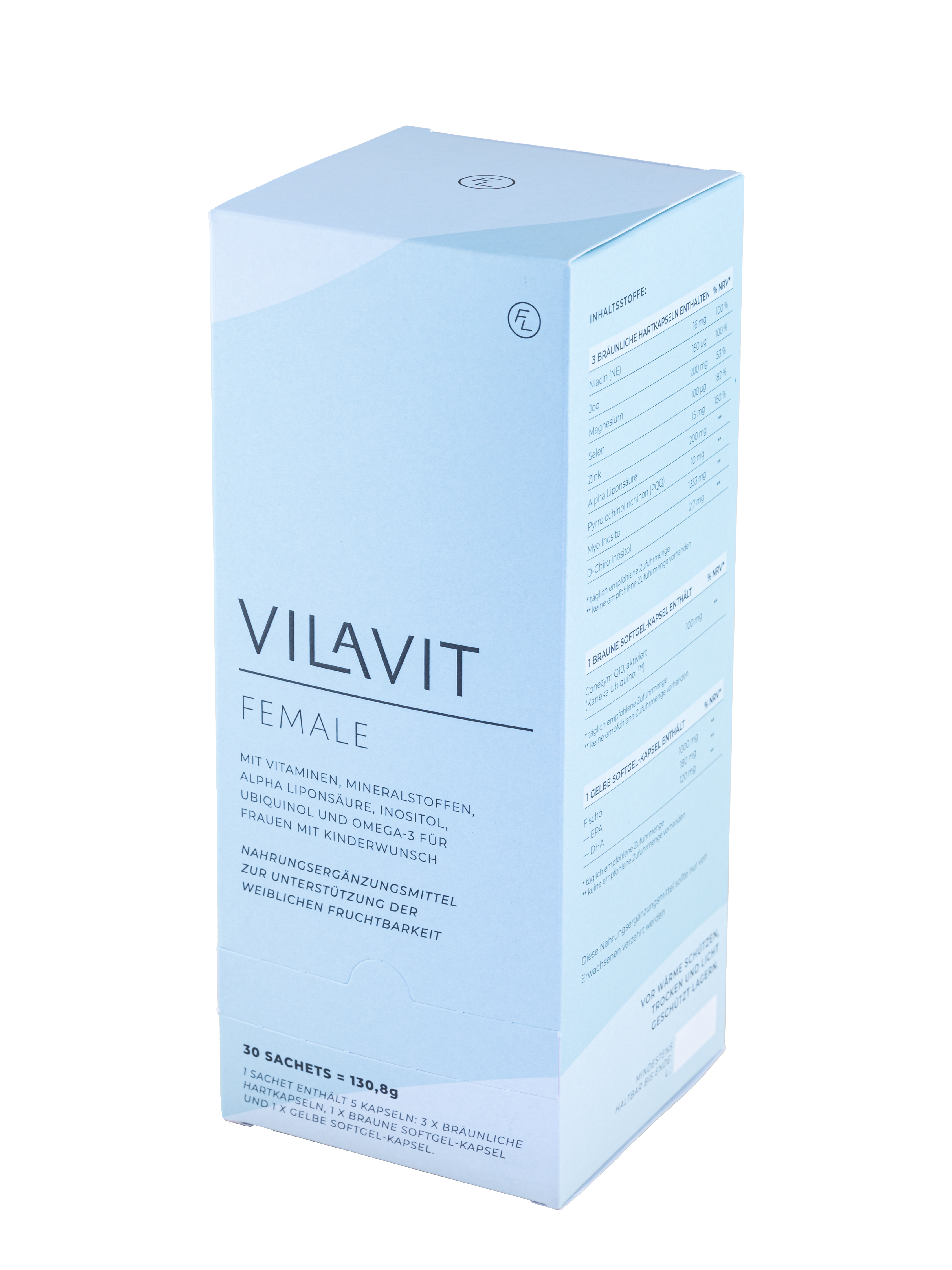Signs of Birth and the Four Phases of Spontaneous Delivery
The birth of a child is one of the most intense and simultaneously beautiful experiences in a woman's life. For nine months, you've been anticipating this moment. To understand what awaits you, it's crucial to be familiar with the different phases of childbirth. Additionally, there are some indicators that indicate the approach of labor.
Signs of Birth: Mucus Plug Discharge
During pregnancy, the mucus plug seals the cervix to protect it from bacteria. As the cervix gradually opens, this plug is released. The appearance and consistency vary from woman to woman, usually presenting as a thick mucus in white or yellowish color, sometimes accompanied by traces of blood. The discharge can occur hours to days before the onset of contractions.
Signs of Birth: Breaking of the water
The so-called breaking of the water can also be an indication that your baby is on the way. Some women experience a sudden gush of fluid, while for others, it's a slow leakage of amniotic fluid. The rupture of the amniotic sac can happen before or during contractions, or in some cases, it may be induced by the medical team at the hospital.
Usually, you don't need to rush to the hospital at the first signs. In the case of the water breaking, we recommend immediate contact with your doctor or midwife to discuss the next steps.
1. Latent and Opening Phase
In this phase, the uterus prepares for the upcoming birth, and the cervix gradually opens up to 4 cm. The opening phase begins with regular contractions, the opening contractions, which come at intervals of 20-30 minutes. During this phase, women can calmly prepare for the journey to the hospital.
The duration of this phase for a first-time mother is typically between 8 and 14 hours. With each subsequent birth, this phase usually shortens.
How do you distinguish between pre-labor or lowering contractions and opening contractions?
Pre-labor or Lowering Contractions
- Irregular in frequency, strength, and duration
- Diminish or disappear after some time
- Bath test: Lowering contractions subside in hot water
- Pain primarily radiates from the pelvic region
Opening Contractions
- Contractions become more regular (20-30 min apart) and shorter
- Intensity and duration of contractions up to 60 seconds
- Bath test: Opening contractions persist
- Pain is perceived in the lower back
If your contractions last for about 5 minutes apart for over 3 hours, it's time to contact your midwife. Usually, it's then appropriate to head to the hospital.
Upon arrival at the hospital or the arrival of your midwife for a home birth, the first step is to assess the progress of labor. The midwife will measure the intensity and intervals of contractions and palpate the opening of the cervix.
During the opening phase, contractions intensify until, towards the end, they occur every two to three minutes and last about a minute.
2. Transition Phase
In the transition phase, the cervix opens completely to 8-10 cm, often accompanied by intense, painful contractions. Rest periods become shorter. Nausea, anxiety, and trembling can also occur during this phase. Therefore, the transition phase is often perceived as the most challenging, although it is relatively short.
3. Expulsion Phase
When the cervix is fully open, and the baby's head descends into the pelvis, the expulsion or birthing phase begins. Contractions push the baby gradually further into the birth canal. The resulting pressure on the rectum triggers a reflex urge to push. Pushing contractions occur at minute intervals and can last up to 90 seconds. Contractions are followed by short breaks allowing for brief relaxation.
Although pushing contractions are the most intense, the body releases increased hormones to dull the pain. As pushing contractions can be energy-draining, guidance from midwives often helps optimize energy usage.
Based on your preferences and physique, your midwife will recommend the best position for you—sitting, lying down, standing, squatting, on a birthing stool, or even in a bathtub.
After several pushing contractions, the baby's head becomes visible. Your midwife will give precise instructions and support the perineum from the outside. This gently slows down the baby's head and reduces pressure on the tissue. One contraction helps to birth the back of the head first, followed by the forehead, face, and with the next contraction, the shoulders and body.
4. Afterbirth Phase
You've made it! You're a brand-new mom! The umbilical cord is now cut, your baby is cleared of mucus, and you can already hold it against your chest.
Shortly after birth, however, the afterbirth contractions begin—the uterus contracts. The contractions cause the placenta to detach from the uterine wall. With a contraction, it is pushed out of the uterus. Usually, the placenta detaches on its own within 15-30 minutes after birth. If it takes longer, placing the baby on the breast helps. Breastfeeding releases the hormone oxytocin, which promotes contractions and supports the detachment of the placenta.
The expulsion of the placenta is comparable to menstrual cramps. It's crucial that the afterbirth has completely detached to prevent future infections.
What happens after birth?
If there were injuries such as a perineal tear during childbirth, these are treated and, if necessary, stitched. While you are being taken care of after the strenuous birth, your newborn is examined, measured, weighed, and cleaned until you can get to know each other in peace.
In a hospital birth, you usually stay in the delivery room for two to three hours. The midwife will occasionally check in and assist you with breastfeeding.
Even though childbirth varies from woman to woman, it helps to have a rough idea of what to expect. Learn more about how to prepare for childbirth in detail here. From personal experience, as soon as you hold your child in your arms, any hardships are forgotten.















